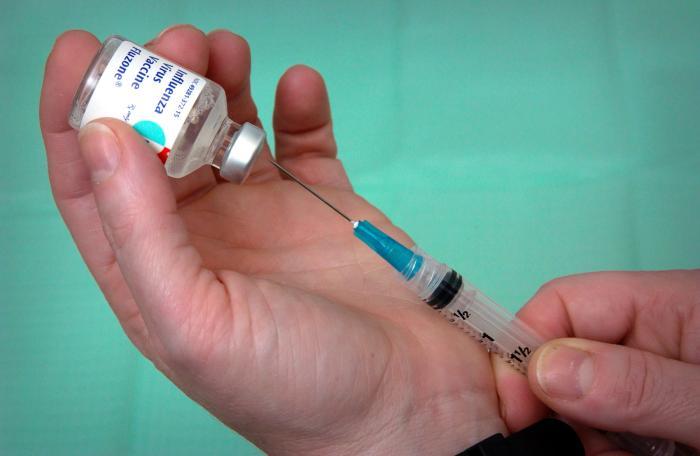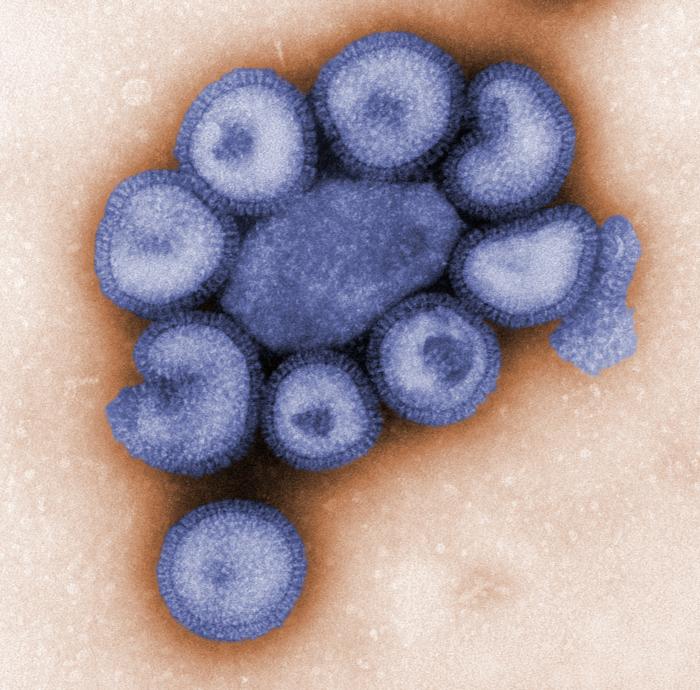
Data across nine pre-COVID flu seasons in Ontario reveal that flu vaccine effectiveness (VE) wanes 9% every 28 days beginning 41 days post-vaccination in adults but not in children, according to a study yesterday in Eurosurveillance.
The researchers, a group called the Canadian Immunization Research Network (CIRN) Provincial Collaborative Network (PCN) Investigators, analyzed data from lab and health administration databases in the province from the 2010-11 through the 2018-19 flu seasons. Participants were Ontarians 6 months and older living in the community who received a flu vaccine before being tested for influenza using polymerase chain reaction tests.
Of 53,065 people who were vaccinated before testing, 10,264 (19%) tested positive for flu.
The investigators determined that the odds of contracting influenza increased from 1.05 (95% confidence interval [CI], 0.91 to 1.22) at 42 to 69 days after vaccination, and peaked at 1.27 (95% CI, 1.04 to 1.55) at 126 to 153 days compared with the reference interval, which was 14 to 41 days after vaccination. This corresponds to a 5% to 27% drop in VE compared with shortly after vaccination.
No waning protection found in kids
The researchers also determined that VE dropped 9% every 28 days—or a 1.09-times increased risk of influenza every 28 days (adjusted odds ratio [aOR], 1.09; 95% CI, 1.04 to 1.15). They did not, however, observe any VE waning in children.
Adults 18 to 64 years showed the greatest decline in protection against the H1N1 strain (aOR per 28 days, 1.26; 95% CI, 0.97 to 1.64). For people 65 years and older, it was against the H3N2 strain (aOR per 28 days, 1.20; 95% CI, 1.08 to 1.33).
Annual influenza vaccination programmes need to strike the balance between vaccinating the population too early versus too late.
The authors conclude, "Annual influenza vaccination programmes need to strike the balance between vaccinating the population too early versus too late, while taking into account system vaccination capacity and year-to-year variability of influenza season timing." They add, "Certain age groups may experience more pronounced waning of the protection against specific influenza types/subtypes."
_0.jpg)














